


Ten Ways to Build a Brilliant Brain shows you how to make your brain the best it can be.
Your brain is only a wet, soft lump of matter inside your skull but it gives you the power to do, think, feel, succeed and be a wonderful human being. Its already pretty brilliant!
WHICH OF THESE DOES YOUR
BRAIN LET YOU DO ALREADY?
move, see, taste, smell, hear, feel, love, dream, hope, make friends, listen to music, create art, make plans, design a poster, decorate a notebook, write, type, use cutlery, make things, play musical instruments, dance, jump, run, catch, kick, bend, do a handstand, use a computer, read and create stories, dream big ideas, remember some facts, remember your past
Your brain will learn even more in the future. This book will show you fun ways to make learning all that knowledge and those skills easier.
Throughout your life you will have countless choices. Sometimes youll make the wrong choice and sometimes the right choice. This book will give you the knowledge to help you make good choices. But dont worry when you get something wrong: try again and bit by bit youll push your brilliant brain in the right direction. Long journeys start with small steps.
In this book, look out for:
BRILLIANT BRAIN FACTS Things to amaze your friends and family with.
BRILLIANT BRAIN BOOSTS Things which will boost your brainpower and make you feel good now.
QUESTIONS FROM YOU Questions that young people have asked me.
BRILLIANT BRAIN BOOST
Get a notebook for all the activities in this book and write down all the facts you learn. Give it a title. Maybe My Brilliant Brain Book? Decorate it however you want to.
YOUR BRAIN IS YOU
Inside your brain is everything that makes you you. Legs, eyes and ears are important, but youd still be you without them.
In your brain are all your memories, skills, thoughts, emotions, hopes, dreams, likes and dislikes. When you say I think, I feel or I like, thats from your brain. It is you.
YOUR BRAIN NEEDS YOU
Your brain will be with you for your whole life so you want it to work as well as possible. When your brain works well, you feel better, and when you feel better its easier to succeed at your goals. Luckily, some simple actions help your brain work well. There are things to avoid, too. This book will tell you them all.
Only you can look after your brain. Adults can help but the choices and actions will be yours. Can you rise to that challenge? Yes, you can! Thats why youre reading this book!
BRILLIANT BRAIN BOOST
We learn more easily when were happy and excited. And the words we use can affect what we think and believe. So, say out loud: Im happy and excited because reading this book is going to make my brain better. Say it a few times. Say it with confidence!
Like a coach before a match, give yourself a pep talk before you tackle a new task. When you wake up each day, tell yourself, Today is a new day for my brain. Lets see what I can learn.
BRILLIANT BRAIN BOOST
Write down three things you cant do yet that youd love to be able to do one day. What will you need to achieve them? Any skills youll need to practise? Determination? Luck? Support from other people? All of those things? Use these to take steps towards your goals.
DOES THIS BOOK WORK FOR EVERY BRAIN?
Human brains have lots of things that are the same and lots that are different. But there are some more significant differences: when someone has any of these they are described as neurodiverse or neurodivergent, which is usually a better word. When someone does not have extra differences we say they are neurotypical.
How can you tell if you are neurodivergent? A person is described as neurodivergent if there is a common skill that they find especially difficult, even when they have good teaching and try hard. If you find it extremely hard to do one or more things that most of your friends find quite easy, you could have a neurodivergent brain.
Its useful to know this because there are ways to get help. Maybe you need a different teaching method. Or more time or support. Once you see that human brains operate in a variety of ways, you can start to understand and respect your own brain and help it do a great job for you.
Neurodivergent brains can also have powerful abilities. For example, someone might struggle to read or spell but have an exceptional memory or draw amazing pictures or do complicated mental maths.
So, were all different, but neurodivergent people have extra difference, which makes some aspects of life difficult but sometimes gives an advantage. Here are some common examples of neurodivergence:
 Dyslexia difficulty with aspects of reading or writing
Dyslexia difficulty with aspects of reading or writing
 Dyspraxia difficulty with hand-writing, tying shoelaces, and organising and planning ahead
Dyspraxia difficulty with hand-writing, tying shoelaces, and organising and planning ahead
 Autistic Spectrum Condition or ASC difficulty in knowing how to understand or react to others; anxiety at change of routine; strong reactions to noise, light or touch
Autistic Spectrum Condition or ASC difficulty in knowing how to understand or react to others; anxiety at change of routine; strong reactions to noise, light or touch
 ADHD/ADD (Attention Deficit Hyperactivity Disorder or Attention Deficit Disorder) difficulty concentrating or sitting quietly
ADHD/ADD (Attention Deficit Hyperactivity Disorder or Attention Deficit Disorder) difficulty concentrating or sitting quietly
Everything in this book applies to every brain. Everyone can use all the ten ways to build a brilliant brain!

BRILLIANT BRAIN BASICS
There are fascinating things to know about the 1.5kg lump of stuff inside your head! Learning facts is useful but also fun.
HUMAN BRAINS: THE SAME AND DIFFERENT
Human brains are all wired for human behaviours. The parts of our brains used for speech and language are very well developed, allowing us to think, communicate, create and empathise.
Each human brain is also unique. Even identical twins dont have identical brains. They are more alike than any other people, but they have different experiences and thoughts, and those things make them different.
Understanding that we are all the same and different is very important. You are human but also you: unique.
BRILLIANT BRAIN FACT
Any word that begins with neuro or neur is to do with the brain. Neuroscience is the science of the brain. You can guess what neurosurgery is!
ONE BRILLIANT BRAIN: ALBERT EINSTEIN
Albert Einstein was one of the cleverest scientists who ever lived. He had ideas no one had thought of. After his death, his brain was stolen by Dr Thomas Harvey, who photographed it and cut it into 240 pieces for examination by himself and later scientists.

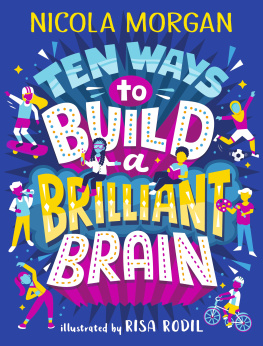
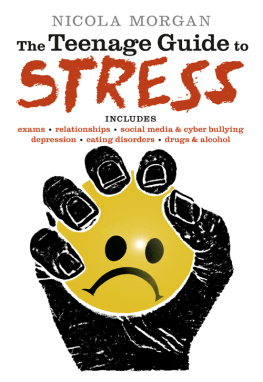
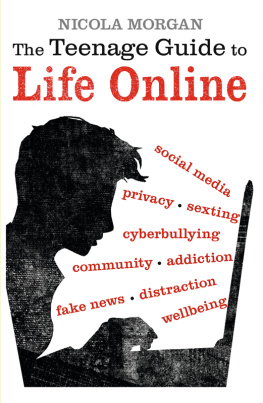
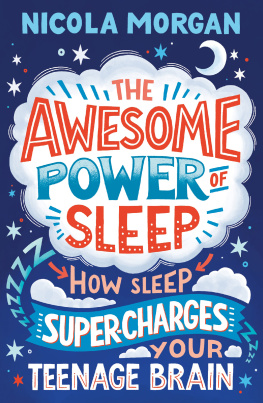
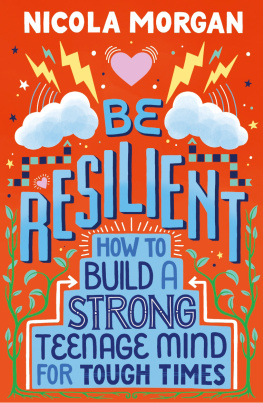
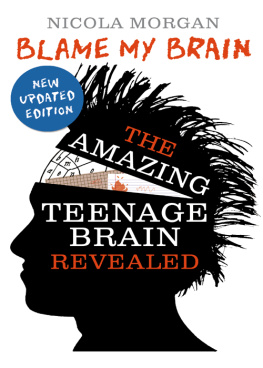
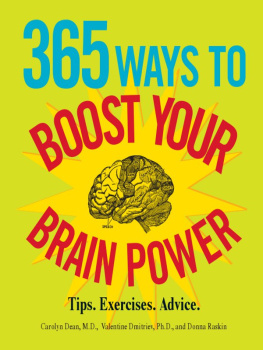
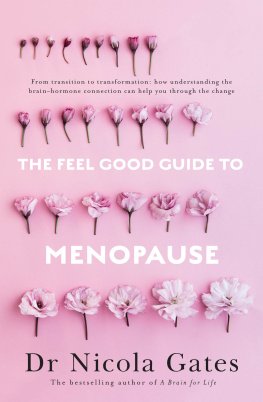

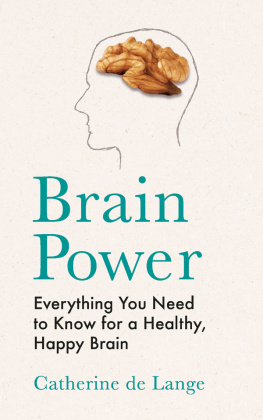
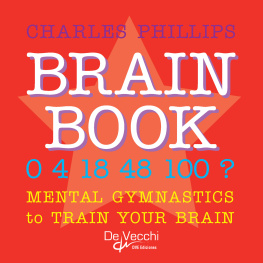
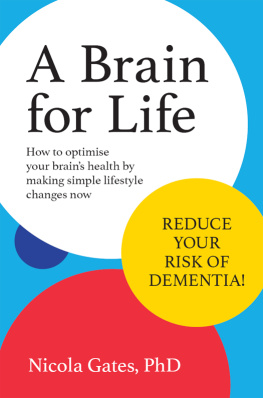
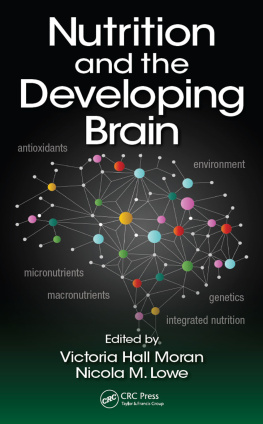



 Dyslexia difficulty with aspects of reading or writing
Dyslexia difficulty with aspects of reading or writing